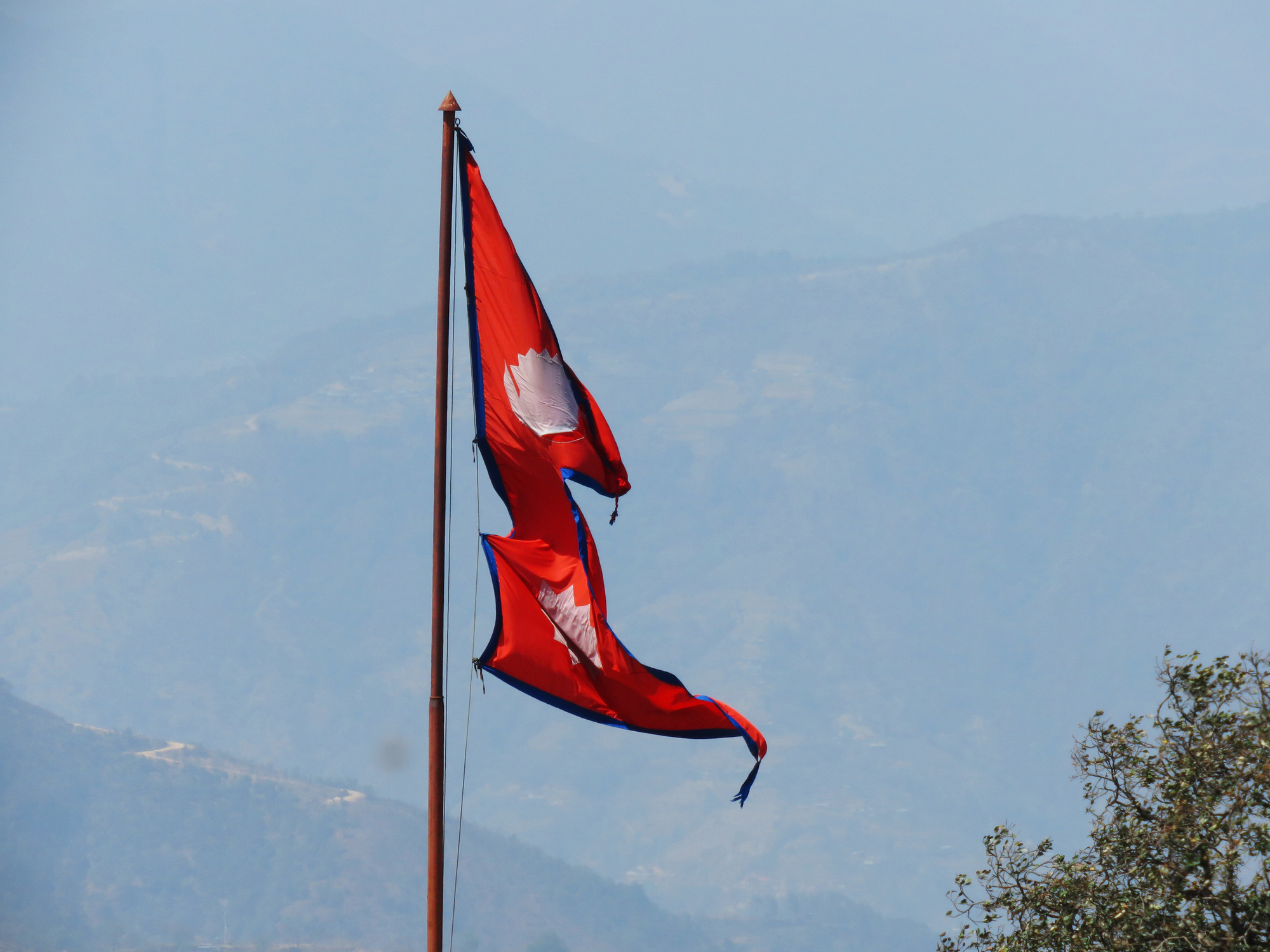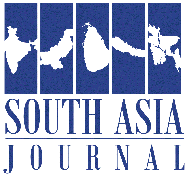
As the two third majority government lacks strong opposition in the parliament, however it is facing strong protests in the streets from the pro monarchy activists in Nepal. On February 19, 2025, former King Gyanendra Shah delivered a video speech urging citizens to support the revival of the monarchy. Following this speech, there has been an uptick in pro-monarchy protests and activism. However, after the abolition of monarchy in 2008, the constitution of Nepal has no room for monarchy. Only one political party, the Rastriya Prajatantra Party, has been a supporter of monarchy in the parliament, who is leading and organizing demonstrations and rallies with support of other organizations for revival of monarchy and Hindu state.
The pro-monarchists formulated a committee on March 27, 2025 called the Joint People’s Movement Committee to concentrate the movement for the restoration of the Hindu monarchy. Nabaraj Subedi has been made the leader of the committee. The major demand of the organization is the acceptance of the 1991 constitution by the government or amendments in the current constitution to feature a constitutional monarchy with a multi-party system of parliamentary democracy and recognition of Nepal as a Hindu nation.
The Subedi-led committee held a press conference in the capital and announced an indefinite movement. Subedi informed that an understanding has been reached among nationalist parties including the RPP, RPP Nepal, Rastriya Shakti Nepal, Nepali Congress BP, Shiv Sena Nepal, Nepal Academic Forum for the achievement of democracy. The monarchists claim that the goal of the movement is to establish a democracy with a constitutional monarchy. They claim that the federal democratic republic has completely failed, they blame the influence of external forces and the radical leftists without the direct consent of the people. Recently, prior to the May 15 demonstration of pro-monarchy forces, the return of former Prince Hridayendra Shah, grandson of former King Gyanendra Shah from the United States, has also encouraged the supporters of monarchy as some political parties, especially a group of leaders in Nepali Congress, have a soft gesture toward monarchy.
The pro monarchy have agreed on 14 points and have started an indefinite movement since May 29 ( Jestha 15 ), the day of the establishment of the republic. On the same day , the ruling CPN ( UML) party also organized a rally to counter the pro monarchy demonstration. Previously, on March 9, 2025, thousands of supporters welcomed former King Gyanendra Shah as he arrived at Tribhuvan International Airport in Kathmandu from Pokhara. After the arrival of the former King Gyanendra Shah at the airport, thousands of supporters came down on the road of the capital city Kathmandu to escort him to his residence. During the rally demonstrators were seen carrying Nepalese flags, and some were seen carrying posters of the chief minister Yogi Adityanath of the Indian state of Uttar Pradesh. The display of the poster of Yogi Adityanath in the rally sparked controversy.
Top leaders of both the Nepali Congress and CPN (UML) parties have condemned and criticized the pro-monarchy movement. They have also challenged the former King Gyanendra Shah to take part in elections and prove his popularity in the established democratic system of the nation.
On 28 March 2025, both the rival groups, Joint People’s Movement Committee and Socialist Forum led by CPN ( Maoist) separately organized public demonstrations to counter each other, and to demonstrate in the favor of restoration of the constitutional Hindu monarchy by the pro monarchy activists and by the Socialist Forum to maintain the present federal republic system, respectively. The rally of the pro-monarchists began in the afternoon in the area of Tinkune in the city. The crowd of the pro-monarchists tried to move towards the Parliament House where prohibitory orders were in place. Police personnel fired tear gas shells at the stage where the leader Nabaraj Subedi of the pro-monarchy movement, and other senior leaders of the pro-monarchy movement, were seated.
The police personnel fired tear gas, blank rounds and water cannons to disperse the pro-monarchy protests. The protestors threw stones at the police personnel and torched houses and vehicles. Several police personnel and pro-monarchy protestors were injured in the violence. After the conflict, a curfew was imposed from evening in the valley by the government and it was lifted on the next day in the morning.The Nepalese Army were called to enforce the curfew. Over hundred of protestors were arrested by the police personnel. The police personnel also arrested five royalist leaders Ravindra Mishra, Dhawal Shamsher Rana, Swagat Nepal, Santosh Tamang and Shepherd Limbu. Durga Prasai, leader of the “Campaign to protect nation, nationalism, religion, culture and citizens,” has been a prominent figure in the protests, and has also been arrested after a couple of days. Two people died and forty five people were injured in the violent clashes between police personnel and protestors. One of the dead was a protest and the other was a journalist for the news channel Avenues Television. Dhawal Shumsher Rana and Ravindra Mishra have been released from custody on security for attendance bail by court order.
Another protest on the same day, which was against the pro-monarchy movement led by the Socialist Forum, concluded peacefully at Bhrikuti Mandap in the valley. They chanted slogans like “Long live republican system”, “Take action against corrupt people” and “Down with Monarchy”. The political parties supporting the present federal republic system in the country have blamed the former King Gyanendra Shah for the violence that took place during the pro-monarchy protest at Tinkune in the valley. Consequently, the government of Nepal reduced the security personnel from 25 to 16 deployed for the security of the former King. In response the pro-monarchy supporters blamed the present government of Nepal for the violence took place during the protest.
The pro-monarchy protests are partly fueled by dissatisfaction with Nepal’s political system, which has seen frequent changes in government and corruption allegations. Nepal’s political parties lack principles, at any moment any party can be united and break up in elections or during government formations to fulfill personal and party interests rather than national interests. The long delays in reforming the political and economic system, especially the delay in initiation of constitution amendment have also frustrated the general public.
Public support for the monarchy is not very strong, but dissatisfaction with the current political system, monopolized by limited top leaders, has led many to support the pro-monarchy movement. It is difficult to forecast the fate of the political system in Nepal as indefinite demonstration by the pro-monarchy activist has been a routine activity.
